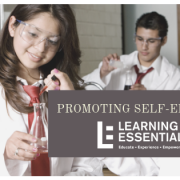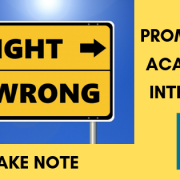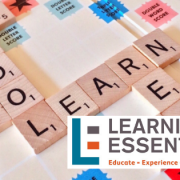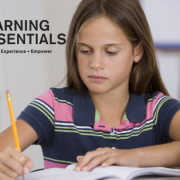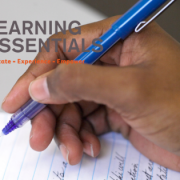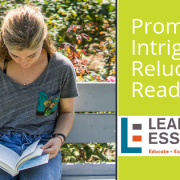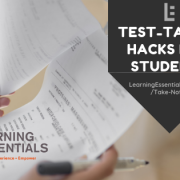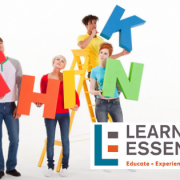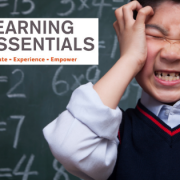Promoting Self-efficacy
Because of the major focus on “growth mindset” in today’s educational world, it only makes sense to discuss self-efficacy alongside it. The two go hand-in-hand. Students with a growth mindset, as opposed to a fixed mindset, believe that, through effort and tenacity, they can improve in their endeavors. Similarly, self-efficacy refers to one’s confidence in his/her ability to execute specific actions in order to attain a goal or arrive at a desired outcome. Essentially, self-efficacy promotes the idea that learning is all about setting your mind to something and going for it, no matter the obstacles. This level of grit and self-confidence is crucial to young learners, which is why it is imperative that teachers help students to develop self-efficacy. Below are suggested instructional strategies and practices can actually help to promote self-efficacy in the classroom.
- Ask students to talk through and/or write down their method of arriving at an answer or conclusion. This deliberate level of analysis requires students to tap into their reasoning on a metacognitive level—they are asked to think about their own thinking. In being able to articulate why they arrived at a certain answer, students are subconsciously building confidence and developing self-efficacy.
- Create lessons that promote Socratic dialogue and ask students to question what they are learning, reading, and exploring. This promotes a level of agency over the learning; they are no longer passively receiving the information, they are asked to engage in it and critique it.
- Design activities and projects that allow for student choice. When students are invested in what they are researching, their exploration becomes more immersive—they more readily dive into the material and gain confidence while doing so. Choice also boosts motivation to succeed, reaffirming one’s self-efficacy once the goal is met.
- Require students to “create the test” as a review or practice before an assessment. Then, if students’ sample questions are appropriate, include those student-created questions or concepts on the actual exam. Again, this practice helps to hand over the control; the teacher is not the only “keeper of the knowledge.” Instead, students are also given a hand in measuring their own learning.
- Utilize reflection forms or surveys to practice error analysis and boost students’ self-confidence for the next task. Reflective questions after an exam, essay, or project that hone in on a student’s genuine level of effort and preparation help to show students how they hold the keys to their own success. Include questions on the survey such as, “How did you expect to do?” or, “Based on the time, effort, energy and focus that you put in, did you perform the way you anticipated?” These reflective questions encourage students to think about the way that their preparation or lack thereof has a direct impact on their success. Over time, they will recognize a sense of control over their education, which ultimately builds self-efficacy.
- Consider creating student portfolios, in which students organize and track their work throughout the year. It is important that students have a clear view of how they have progressed over the course of the school year and how they can set goals for growth in the future. Students also develop self-efficacy by critiquing their own past assignments. Teachers might consider asking students to respond to teacher feedback to include in the portfolio as well. That is, after reflecting and seeing the feedback, how would the student modify the work or assignment?
